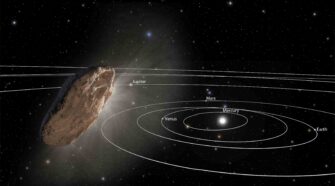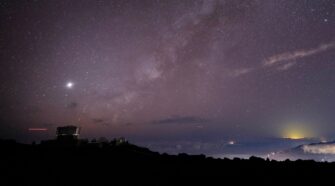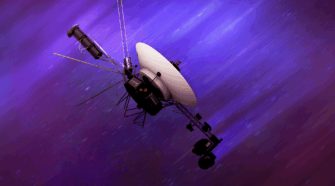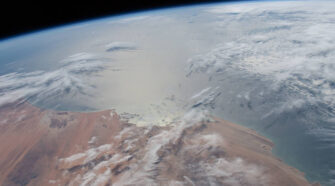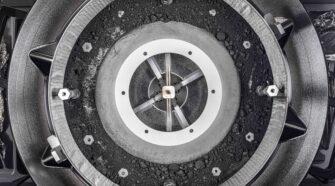Solar System
What are solar storms and the solar wind?
“What is meant by solar storm and solar wind?” — Nihal, age 11, Amalapuram, India Every day on Earth, you experience weather. You feel the wind blowing and see clouds move across the sky. Sometimes there are storms where the wind gets really strong, it might rain, or there might be thunder and lightning. Did …
Humanity needs nuclear-powered rockets to explore Mars and beyond
With dreams of Mars on the minds of both NASA and Elon Musk, long-distance crewed missions through space are coming. But you might be surprised to learn that modern rockets don’t go all that much faster than the rockets of the past. There are a lot of reasons that a faster spaceship is a better …
In what order did the planets in our solar system form?
“Are planets in the solar system that are closer to the Sun older than the ones further away?” — Gavriel, age 10, Paducah, Kentucky A cloud of collapsing gas created our Sun, the first thing to form in our solar system. This happened about 4½ billion years ago. Then the planets began to emerge, as …
Here’s how we can study interstellar objects passing through solar system
In late 2017, a mysterious object tore through our solar system at breakneck speed. Astronomers scrambled to observe the fast moving body using the world’s most powerful telescopes. It was found to be one quarter mile (400m) long and very elongated – perhaps 10 times as long as it was wide. Researchers named it ‘Oumuamua, …
Another puzzling interstellar object spotted whizzing through solar system
Astronomers manning an asteroid warning system caught a glimpse of a large, bright object zipping through the solar system late on July 1, 2025. The object’s potentially interstellar origins excited scientists across the globe, and the next morning, the European Space Agency confirmed that this object, first named A11pl3Z and then designated 3I/ATLAS, is the …
Radioisotope generators are the ‘nuclear batteries’ that power faraway spacecraft
Powering spacecraft with solar energy may not seem like a challenge, given how intense the Sun’s light can feel on Earth. Spacecraft near the Earth use large solar panels to harness the Sun for the electricity needed to run their communications systems and science instruments. However, the farther into space you go, the weaker the …
Voyager 1 thrusters, inoperable for 21 years, fixed from 15 billion miles away
Engineers at NASA’s Jet Propulsion Laboratory in Southern California have revived a set of thrusters aboard the Voyager 1 spacecraft that had been considered inoperable since 2004. Fixing the thrusters required creativity and risk, but the team wants to have them available as a backup to a set of active thrusters whose fuel tubes are …
New theory explains how water first arrived on Earth
When Earth first formed, it was too hot to retain ice. This means all the water on our planet must have originated from extraterrestrial sources. Studies of ancient terrestrial rocks suggest liquid water existed on Earth as early as 100 million years after the Sun’s formation–practically “immediately” on an astrophysical timescale. This water, now over …
Building blocks of life found within asteroid Bennu
A bright fireball streaked across the sky above mountains, glaciers and spruce forest near the town of Revelstoke in British Columbia, Canada, on the evening of March 31, 1965. Fragments of this meteorite, discovered by beaver trappers, fell over a lake. A layer of ice saved them from the depths and allowed scientists a peek …
NEOWISE’s mission to catalog objects around Earth ends
The NASA project NEOWISE, which has given astronomers a detailed view of near-Earth objects – some of which could strike the Earth – ended its mission and burned on reentering the atmosphere after nearly 15 years in space. On a clear night, the sky is full of bright objects – from stars, large planets and …




